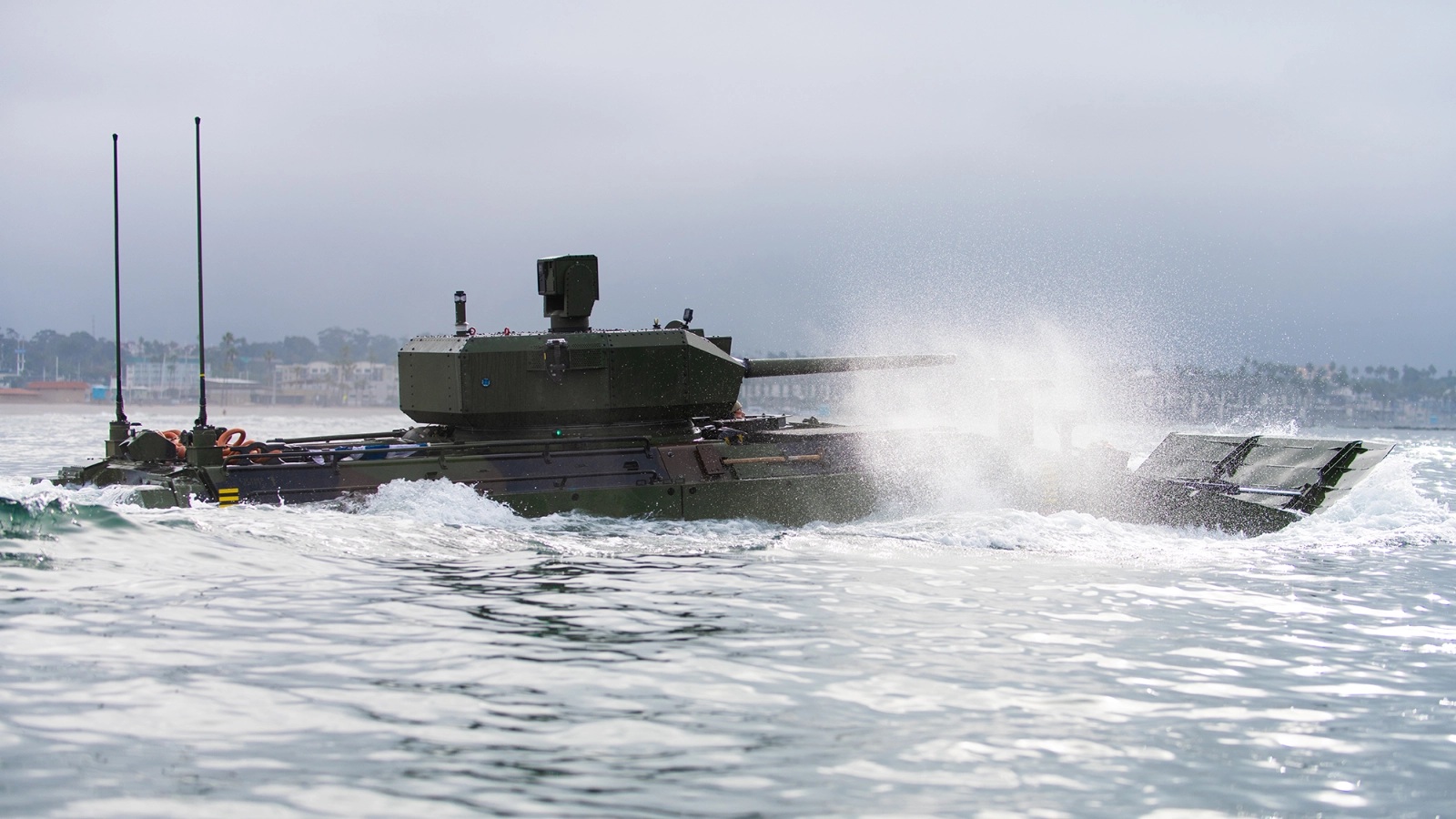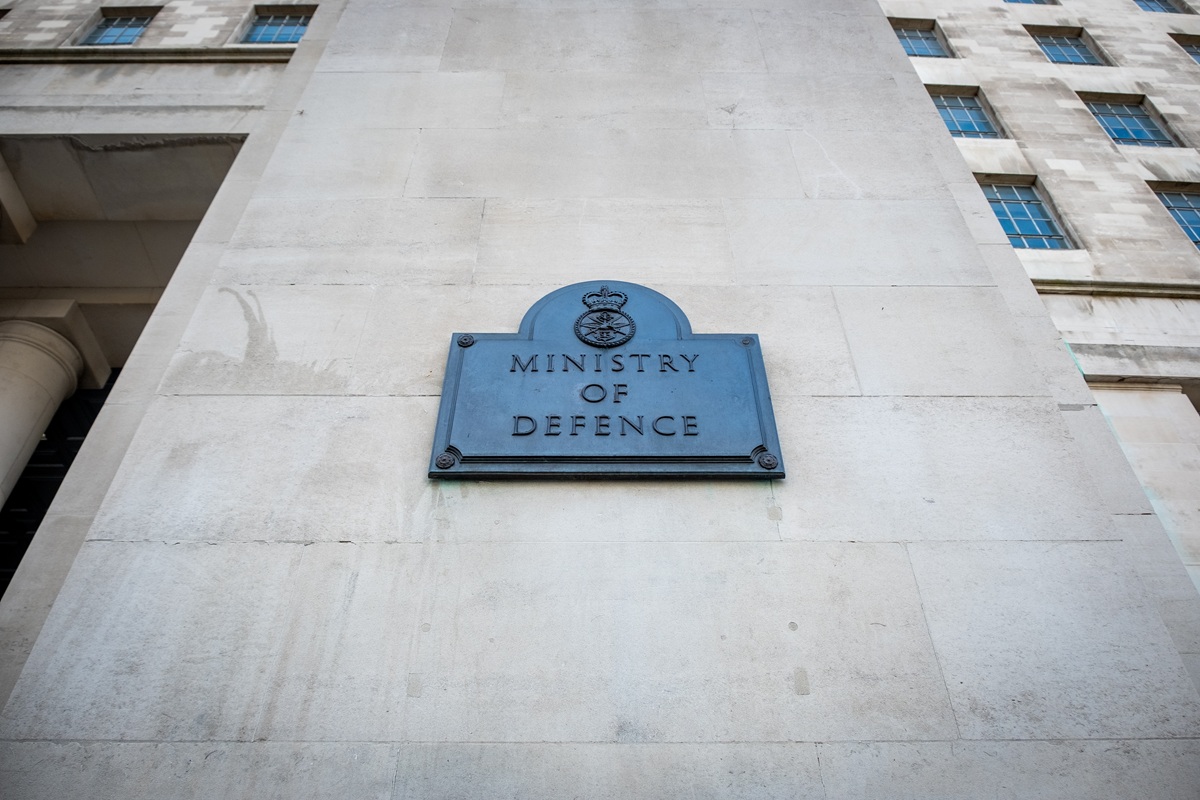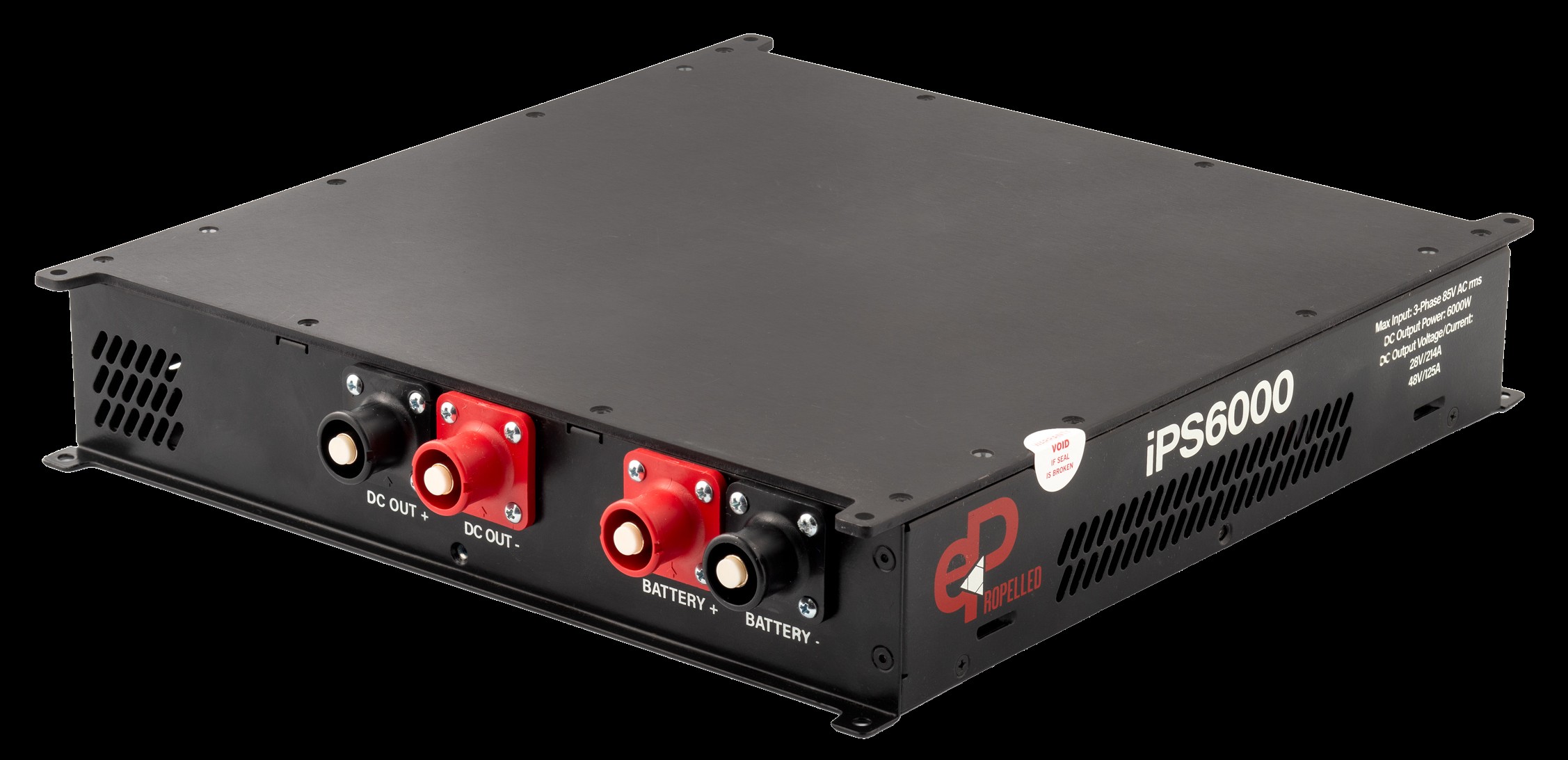NAO sees room for improvement in non-competitive defence equipment procurement

Amyas Morse, head of the National Audit Office, said: “The Regulations regime has the potential to deliver significant cost reductions but the Department must increase its ability to negotiate contracts and scrutinise costs to secure better value for money. To achieve this, the Department needs to eliminate disagreements between key stakeholders and win the co-operation of all suppliers. And it needs to maintain credible pressure for competition whenever possible, and be able to measure and demonstrate the effectiveness of the regime in securing savings.”
The most effective route to securing value for money in defence procurement is normally through competition. However, such competition is frequently absent on the largest defence contracts where there may be only one supplier or where security considerations require the MoD to contract with a trusted national supplier, for example, for nuclear-powered submarines or complex warships. In 2015-16 the Department spent more than £8.8 billion non-competitively.
To address this, in 2014 the MoD introduced the Single Source Contract Regulations to balance a fair return for industry with the need for better value for money for the taxpayer. The Regulations offer considerable opportunities to improve contract management. As at July 2017, 110 contracts (95 contracts and 15 sub-contracts) had been brought within the Regulations, with a combined value of £23.9 billion.
Most suppliers now accept the need to work within the Regulations, but some are resisting them and their interpretation by the MoD and the Single Source Regulations Office (SSRO), with some failing to provide the required information about costs and prices. The Regulations give the project teams and other commercial staff greater access to supplier information than ever before, putting them in a stronger position to drive down costs. A particular challenge is gaining agreement from contractors to bring existing contracts brought within the regime ‘on amendment’, although these can be the highest-value ones.
Realisation of potential savings identified from application of the Regulations will depend on good contract management. The MoD estimates that by July 2017 the Regulations had achieved reductions in contract prices of £313 million through application of the Regulations. This represents some 3.9% of total contract values. Part of this is cost avoidance, and part contributes towards the MoD's 10-year target to save £1.7 billion from existing projects in the Equipment Plan through application of the Regulations. Such savings are needed in order to release funds for new commitments under the 2015 Strategic Defence and Security Review. Whether these predicted savings are ultimately realised will depend on the management of contracts, and further work to establish in which years benefits will be realised.
The MoD currently lacks good quality data on its portfolio of non-competitive contracts. As at 31 August 2017, the MoD had 1,891 non-competitive ‘equipment’ contracts under management (66% of all non-competitive contracts). Within a database of ‘live’ contracts almost half (914) had contract end dates before the 31 August, suggesting there was still work to do to secure the accurate data it needs to identify contracts due for renewal or amendment that may fall within the scope of the Regulations.
The MoD is committed to using competition wherever possible but it cannot show currently that it is doing so in a systematic way. Between 2013-14 and 2016-17, the number of defence equipment contracts let non-competitively has remained stable at around 50%, while the value of equipment contracts let has been significantly affected by a small number of large contracts. Where there have been decisions to procure non-competitively the formal justifications presented by project teams are highly variable in quality, and there may be limited scope to challenge decisions within the timetables set for delivery of the requirement.
SSRO makes annual recommendations to the Secretary of State on the baseline profit rate to be applied to contracts within the Regulations. So far, this has resulted in a significant drop in the rate – from 10.6% in 2014-15 to 7.46% in 2017-18 – although a reduction may not always be the decision. The MoD has identified significant potential savings from these reductions in the baseline profit rate but suppliers have criticised the way it is calculated. In a recent discussion document, the SSRO has investigated with industry ways to measure the impact of its decisions on the financial health of suppliers, in line with its statutory aim to balance value for the taxpayer with a fair return for suppliers.
The effectiveness of the Regulations could be undermined by gaps among key commercial and cost assurance staff. It is essential that the MoD has sufficient appropriately skilled staff in key areas to achieve value for money given the large amounts of money at stake and the lack of competition. However, it is 386 (24%) commercial posts short of its ideal complement in the centre of the MoD and the Defence Equipment and Support organisation. The NAO has identified shortages of commercial skills as a common problem across government. The MoD has plans to partly address these shortages, as well as to improve the skills levels of existing staff.












